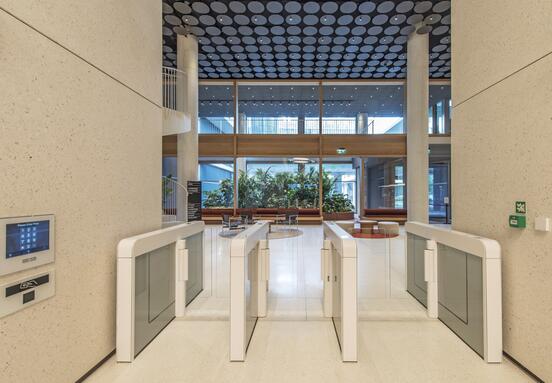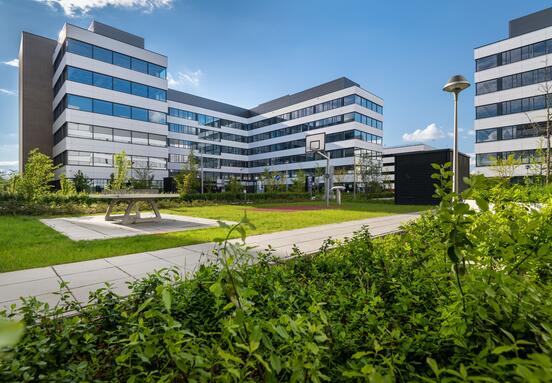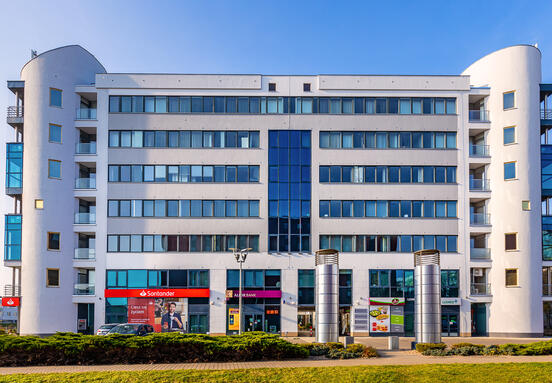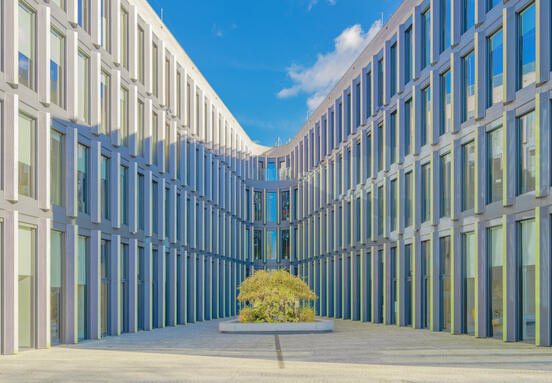One of the most important factors is ergonomics, the science of matching working conditions to people's abilities and needs. An ergonomic office layout provides workers with the right furniture, equipment, and lighting to minimize the risk of injury and fatigue. For example, ergonomic office chairs should have adjustable height, backrests, and armrests to ensure proper spinal alignment and prevent back pain. Ergonomic computer monitors should be set at the right height and distance from the eyes to prevent excessive eye strain. Ergonomic keyboards and mice should be sized to provide a natural position for the wrists and hands and avoid carpal tunnel syndrome.
Another important factor is acoustics or the science of sound and its effect on people. Acoustics is important to the office layout because it affects noise levels and the verbal privacy of employees. Noise levels that are too high can not only be a nuisance but also detrimental to employees' health and concentration. Too low a noise level can also be detrimental, as it can increase feelings of isolation and stress. That's why it's important to ensure the right balance of quiet and noise in the office. Some ways to improve office acoustics include: using sound-absorbing materials on walls, ceilings, and floors; creating quiet and loud zones depending on the type of work; using headphones or phone booths for private or confidential conversations; using white noise machines or relaxing music to mask unwanted sounds.
Another important factor is personal space, that is, the distance between workers and their surroundings. Personal space affects employees' sense of comfort and autonomy, as well as their social interactions. Too little personal space can lead to conflict, aggression, and lower morale. Too much personal space can inhibit communication and cooperation. Therefore, it is important to tailor personal space to the needs and preferences of employees. Some ways to optimize personal space include: using different types of desks (e.g., individual, group, movable); creating private and common areas depending on the purpose and nature of work; providing opportunities for employees to adjust their personal space (e.g., through blinds, screens, plants); and encouraging respect and tolerance of others' personal space.
The layout of an office has a significant impact on the health and productivity of employees, so it is worth paying attention and care. Ergonomics, acoustics, and personal space are just some of the many factors to consider when designing or changing an office layout. The right office layout can improve employee comfort, safety, communication, and cooperation, thereby increasing employee satisfaction and efficiency.








